My India Fellow journey got more purposeful when I reached Chhattisgarh after completing the initial three-week training. Chhattisgarh is one of the most beautiful places on Earth where ancient heritage and vibrant culture meets breathtaking landscapes. Its cross roads, magnificent trees, and splendid waterbodies remain intact beautifully enough to even attract today’s travel enthusiasts.
The culture is explicitly dominated by the distinct ethnic and tribal groups, their age old traditions, customs, dances, music, and festivals. For me, someone who has not closely interacted with tribal communities, everything I saw and experienced in this land in my first month here, was fascinating.
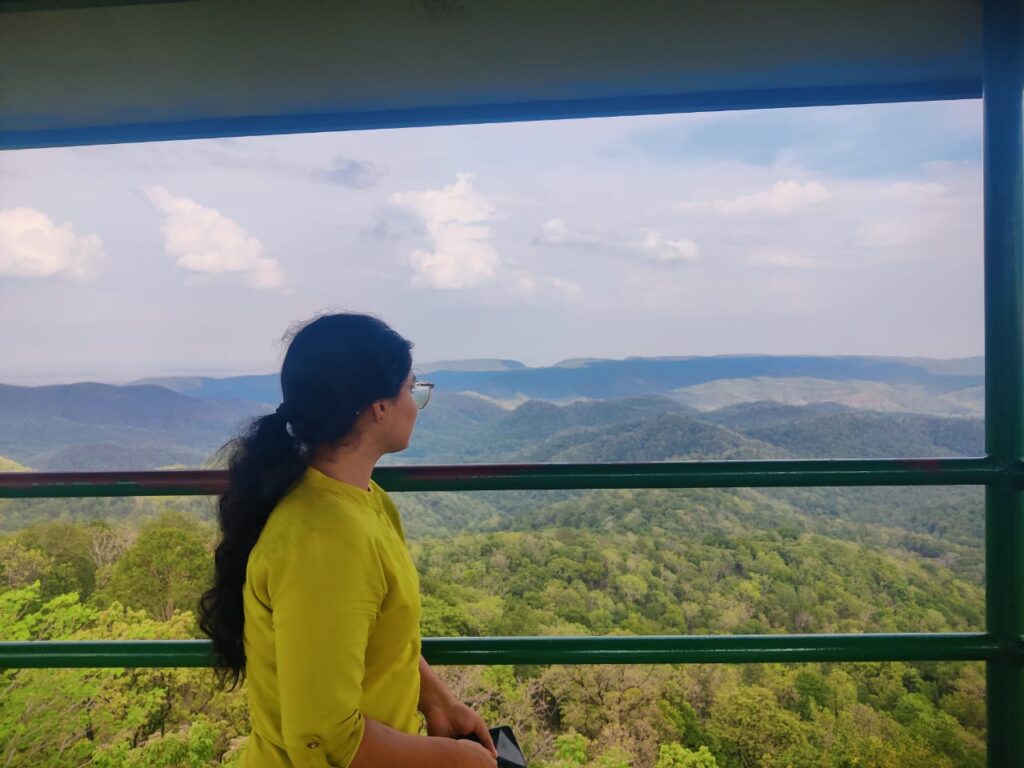
Everyday Life
My work with Samerth Charitable trust involves understanding the laws of the land, people living there, the meaning attached to their lives and livelihood, and even the space in their silence. Being an interstate organisation, its work in Chhattisgarh touches almost all core areas – strengthening livelihoods, sustainable natural resource management, ensuring quality education, and gender equity. The idea is to facilitate progressive community development to ensure social justice. It took several years to work closely with vulnerable and marginalised groups to empower them.
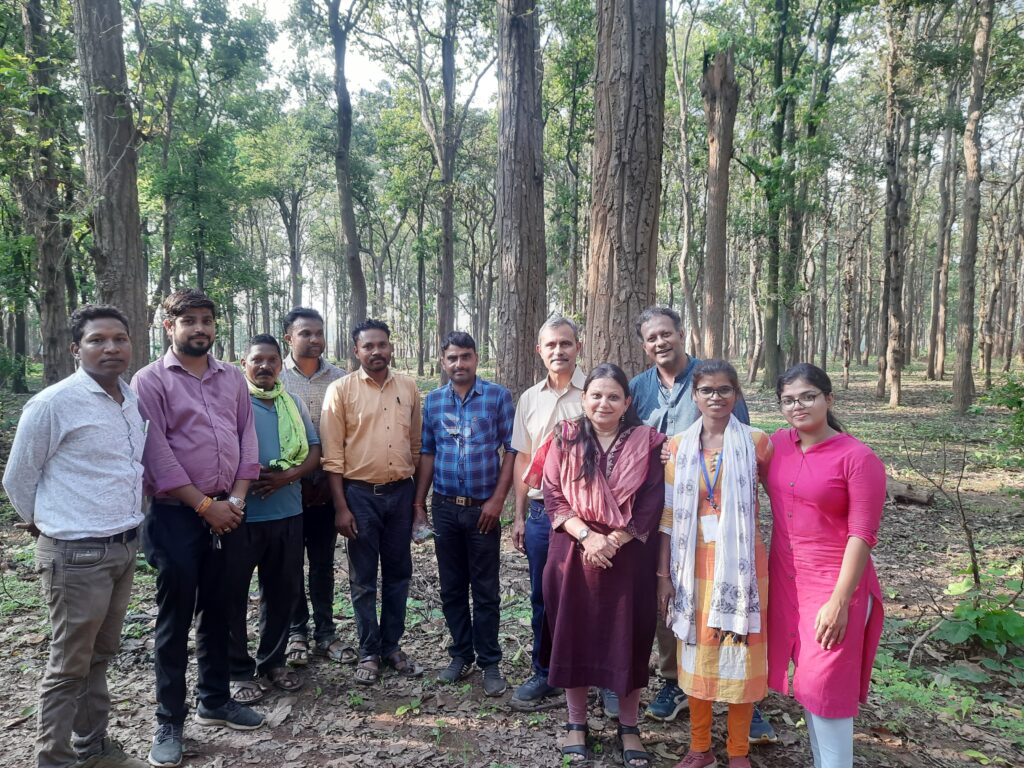
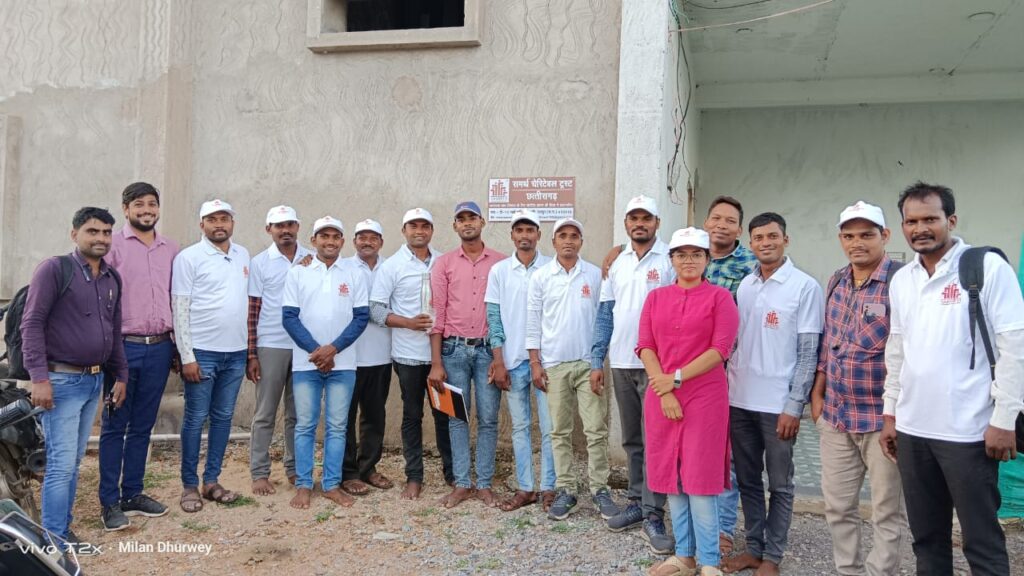
Baigas, An Introduction
Baigas refers to people from an indigenous tribe called Baiga, also considered PVTG (Particularly Vulnerable Tribal Group). They predominantly live in the central India along the Maikal hills. It was in Bodla in Kabirdham district of Chhattisgarh, where I got to interact with them. We majorly work on better livelihoods with the Baiga tribe here.
Also Read: Who Are The Katkari?
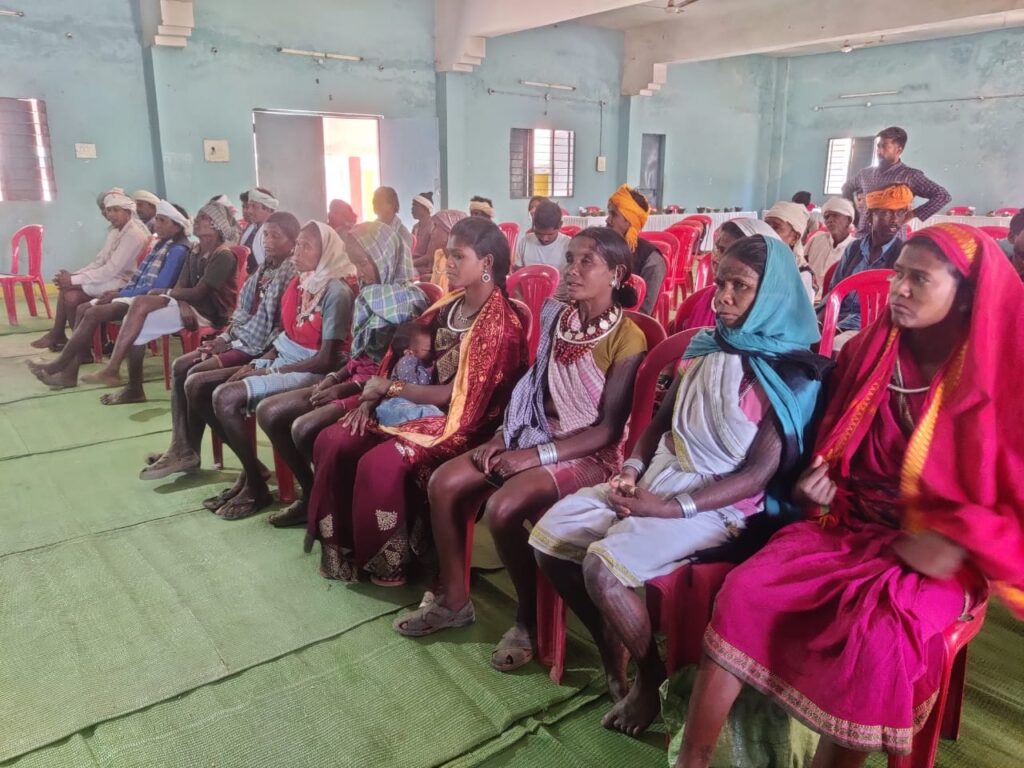
Baigas are deeply connected with nature. Traditionally, they are forest dwellers. That also brings me to their religious practices of animism which involves spiritual practices of worshipping nature, trees, mountains, soil, waterbodies. It can also be interpreted as showing reverence and gratitude to those elements in nature that ensure our life in this world. We often tend to forget our roots and try to find our purpose in complex and sophisticated concepts. However, Baigas to me serve as an example and reminder to stay grounded and connected.
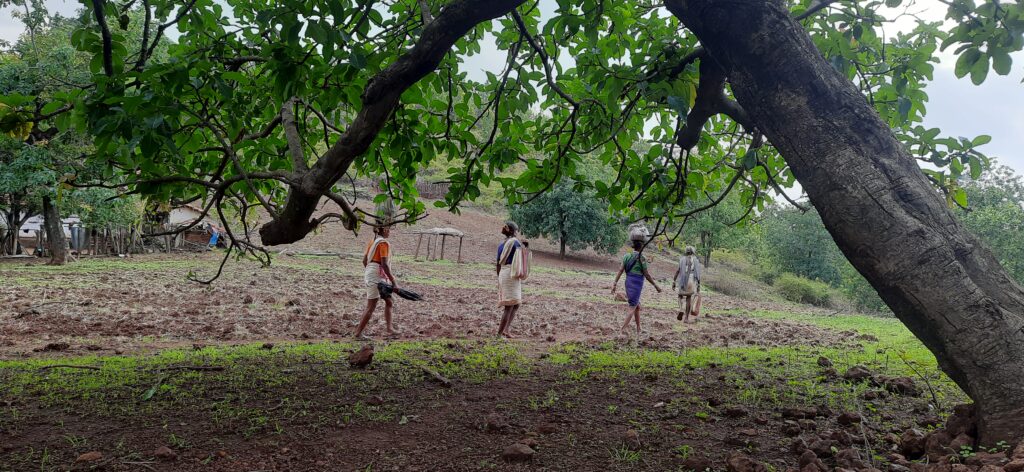
The word ‘Baiga’ means sorcerer-medicine man which might have come from their practices of healing illness through rituals, traditional herbs, prayers, and offerings to God. They are a closely-knit community whose foundation is built upon interpersonal bonding and cooperation. They prioritise collective development over individual growth.
This forest is our home,
— An old Baiga woman
we don’t need sympathy, we are capable,
we just need facilitation, so that we can do better.
Development Among Baigas
There is an issue associated with the word ‘development’ when approaching vulnerable communities like theirs. To them, development often denotes progressing towards resource exploitation resulting in displacement. They resist those kinds of developmental ideas. The Baiga community is generally shy when it comes to new interactions and engagements. Only when they become familiar do they start to participate actively; sometimes, we can even expect more than that, such as a friendly relationship.
I found myself fortunate to have had the opportunity to witness their community celebrations, which carry significant cultural and social importance. It is a place where they wear their traditional attire, accessorise, dance to folk music, and sing. We might be aware of the importance of weekend get-togethers in order to achieve work-life balance. Such gatherings provide a space to connect to the community and express oneself, which, under normal circumstances, might be subject to social restrictions. Occasional community celebrations serve as platforms that bind people through art forms and offer space for them to express themselves freely.
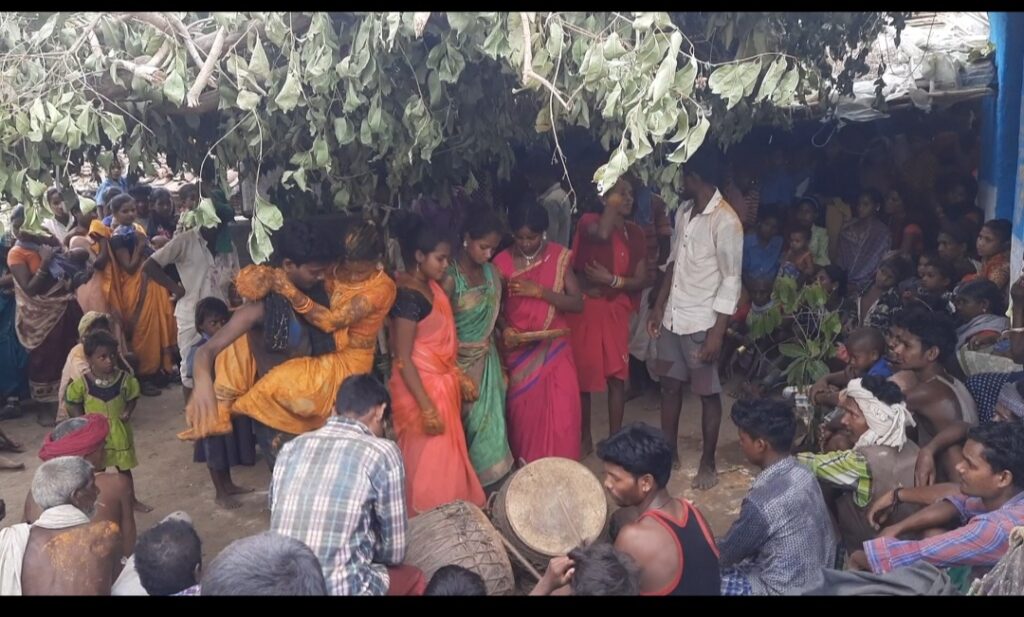
Tattoo Culture
The Baiga community, especially women, have their own distinct tradition of tattooing their bodies. This practice is not only for decorative purposes; it’s a cultural identity that represents life transitions, signs of maturity, and spiritual meanings as well. Women typically get their bodies inked during childhood, then after puberty, before marriage, after marriage, and upon attaining motherhood, their entire bodies will be inked.
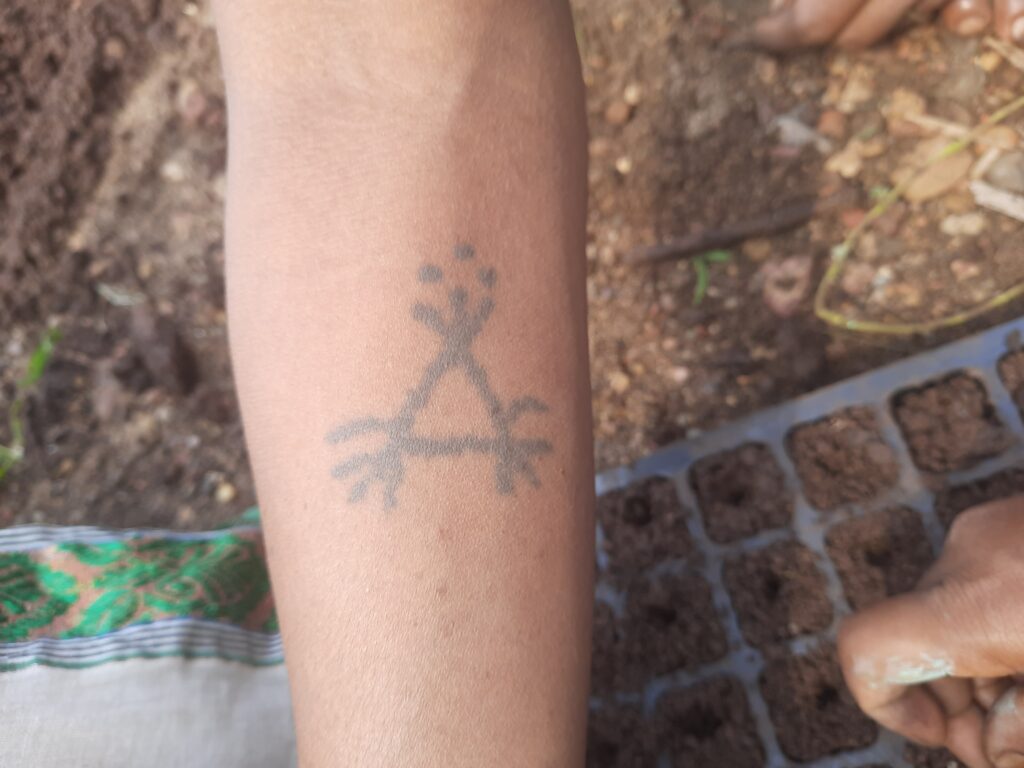
Reflections
From one end of the country, one might assume that tribal communities are backward in terms of development and thinking, and that we need to extend our arms to assist them in stepping into the modern world. But interaction with the Baiga community will teach you that the reality is otherwise. The so-called modern people are now gradually acknowledging environmental threats, unaccountable utilization of natural resources, climate change factors, and ways of conservation. Yet, the Baigas have traditionally followed ecological practices to live in harmony with biodiversity and nature.
They take pride in preserving their indigenous knowledge about biodiversity, medicine, culture, and art forms. They foster a sense of unity and cooperation by engaging in community participation and development. This in turn enables social cohesion and values others’ contributions to the developmental process.
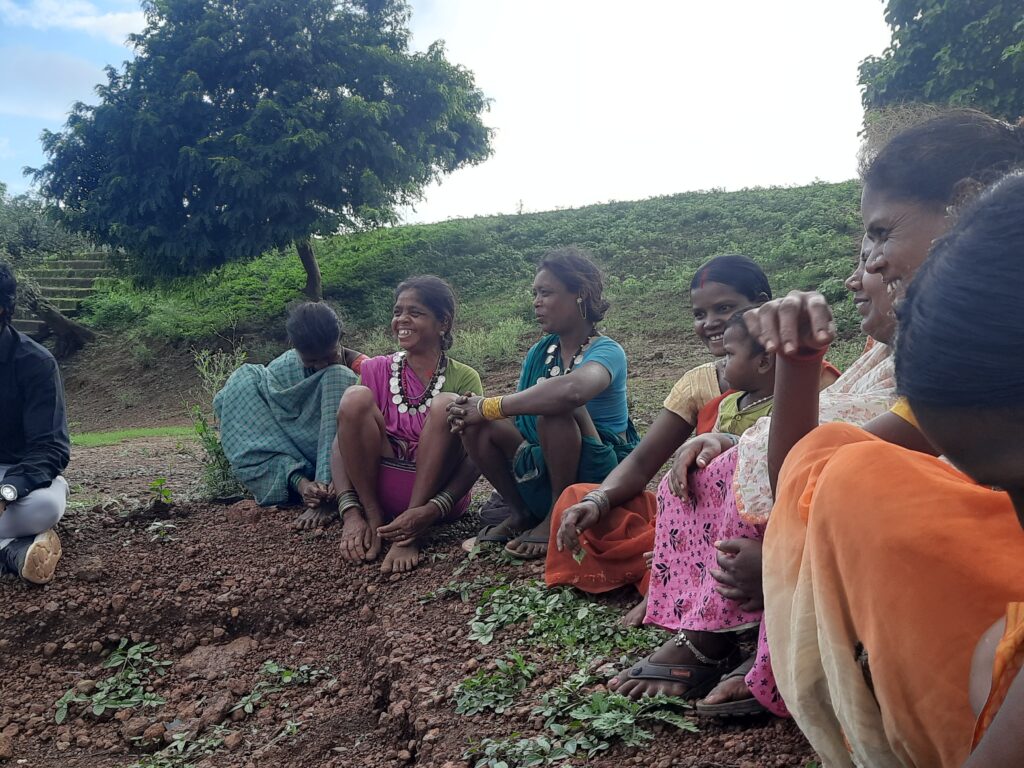
With the help of civil society, they actively advocate for their education, healthcare, individual, and community forest rights. Most of the time, they voluntarily take up the torch of spreading awareness about forest rights to those who are unaware. They are also one of the most open-minded communities with respect to adapting progressive change and technology without compromising their cultural identity.
Their dressing style and tattoo culture are age-old and sometimes surpass modern era’s fashion statements. Regarding the role of women, the Baiga community recognizes women as having an active and significant role in livelihood development and family structure. If observed closely, one can understand that they serve as lighthouses, contributing to skill development and the adaptation of technology. Their progressive outlook may not be universal across all geographies but their aspirations for a better future definitely makes me rethink my lifestyle and preconceived notions.

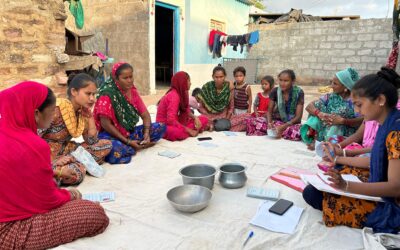
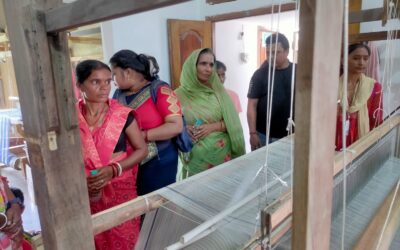

Loved reading about the Baiga community.